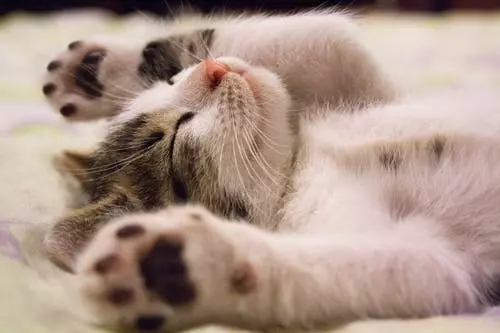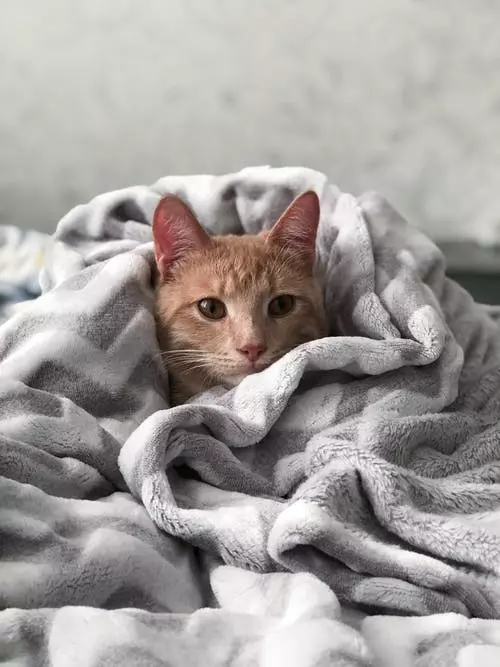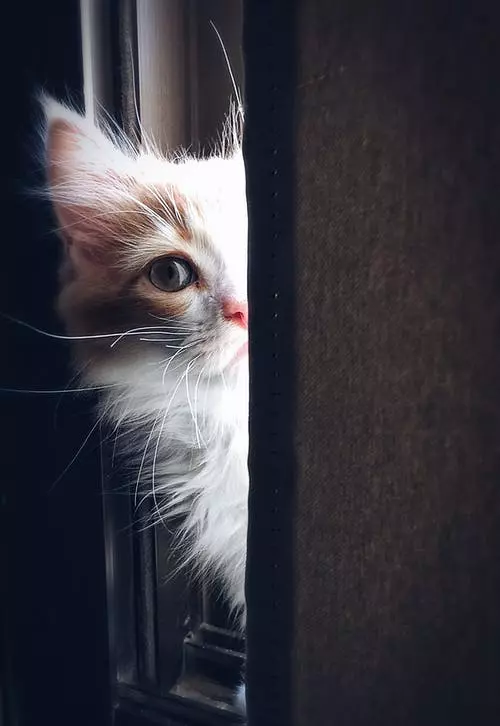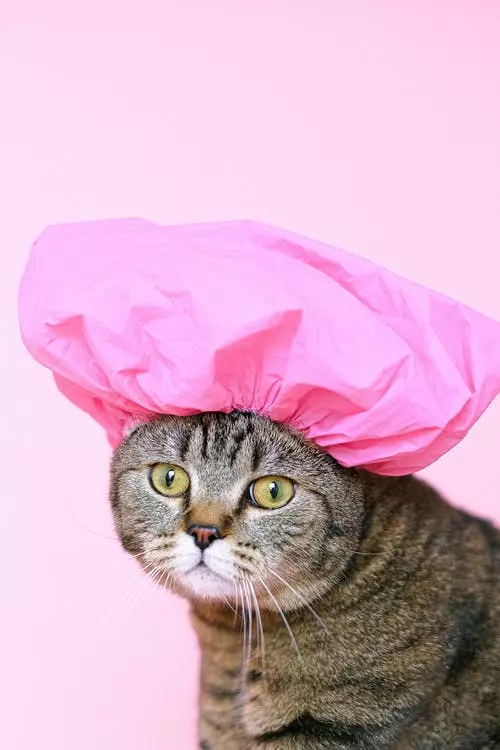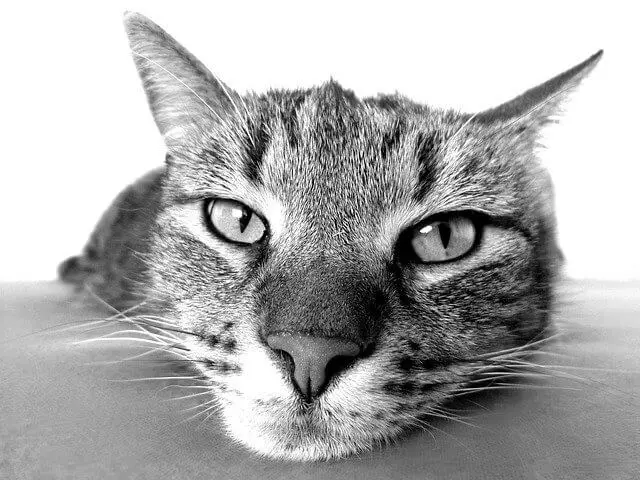Introduction:
Grooming is an essential aspect of maintaining your cat’s overall health and well-being. It not only keeps them looking their best but also promotes a healthy coat and prevents various health issues. In this article, we will provide you with essential tips and techniques for grooming your cat, ensuring a shiny and well-maintained coat.
I. The Basics of Cat Grooming
A. Understanding Your Cat’s Coat
Understanding your cat’s coat is crucial in determining the appropriate grooming techniques and tools. Cats have different coat types, including short-haired, long-haired, and curly-haired. Each coat type requires specific care and attention.
B. Establishing a Grooming Routine
Establishing a regular grooming routine is essential. Cats benefit from consistency and predictability, so try to groom them at the same time each day or week. This routine helps them become more comfortable with the process over time.
C. Essential Grooming Tools
Investing in the right grooming tools is vital for maintaining a healthy coat. Some essential tools include a cat brush or comb, cat-friendly shampoo, nail clippers, cotton balls for ear cleaning, and a toothbrush or dental wipes for oral hygiene.
II. Step-by-Step Guide to Grooming Your Cat
A. Brushing Your Cat’s Coat
Brushing your cat’s coat helps remove loose hair, prevent matting, and distribute natural oils.
1. Selecting the Right Brush
Different coat types require different brushes. For short-haired cats, a rubber brush or a bristle brush works best. Long-haired cats may need a slicker brush or a wide-toothed comb.
2. Proper Brushing Techniques
Start by gently brushing your cat’s back and sides, then move to their stomach and legs. Use long, slow strokes, and be cautious around sensitive areas.
3. Benefits of Regular Brushing
Regular brushing reduces shedding, prevents hairballs, and helps you detect any skin issues or parasites early on.
B. Bathing Your Cat
Bathing your cat may not be necessary unless they get extremely dirty or have skin conditions. However, if your cat tolerates baths, it can help keep their coat clean and shiny.
1. Preparing for the Bath
Gather all necessary supplies beforehand, such as cat-friendly shampoo, towels, and a non-slip mat for the tub. Fill the tub with a few inches of warm water.
2. Bathing Techniques and Safety Precautions
Gently wet your cat’s coat, avoiding their head. Apply a small amount of shampoo and lather it in, then rinse thoroughly. Be careful not to get water in their ears or eyes.
3. Drying and Post-Bath Care
Wrap your cat in a towel and gently dry them. Use a hairdryer on the lowest setting if your cat tolerates it. Afterward, reward your cat with treats or playtime to create positive associations with bathing.
C. Trimming Your Cat’s Nails
Regular nail trimming is essential for your cat’s comfort and prevents their nails from becoming too long or sharp.
1. Tools for Nail Trimming
Invest in a pair of cat nail clippers or a nail grinder. Ensure they are specifically designed for cats to avoid injury.
2. Step-by-Step Nail Trimming Process
Hold your cat’s paw and gently press on their pad to extend their nails. Trim only the sharp, translucent tips, avoiding the pink area known as the quick. Take breaks between nails if your cat becomes stressed.
3. Dealing with Resistant Cats
If your cat dislikes nail trimming, try acclimating them to the process gradually. Associate nail trimming with treats and positive experiences to make it more enjoyable for them.
D. Cleaning Your Cat’s Ears
Regular ear cleaning helps prevent ear infections and removes excess wax and debris.
1. Understanding Ear Care
Cats have sensitive ears, so it’s crucial to be gentle during the cleaning process. Look out for signs of ear problems such as redness, discharge, or a foul odor.
2. Safe Ear Cleaning Techniques
Moisten a cotton ball with a cat-safe ear cleaning solution and gently wipe the visible parts of your cat’s ears. Avoid inserting anything into the ear canal, as it can cause damage.
3. Indications of Ear Problems
If you notice any signs of ear problems, such as excessive scratching, head shaking, or discharge, consult your veterinarian for a proper diagnosis and treatment plan.
E. Maintaining Oral Hygiene
Maintaining your cat’s oral hygiene is vital for their overall health and prevents dental issues.
1. Importance of Dental Care
Dental problems can lead to pain, infection, and other health issues. Regular oral care helps prevent tartar buildup and gum disease.
2. Brushing Your Cat’s Teeth
Introduce teeth brushing gradually using a cat-friendly toothbrush and toothpaste. Start by rubbing their gums with your finger, then progress to using a toothbrush. Brush in gentle circular motions.
3. Alternatives to Brushing
If your cat refuses to tolerate teeth brushing, there are alternative options such as dental wipes, dental treats, or dental water additives. Consult your veterinarian for recommendations.
III. Frequently Asked Questions (FAQs)
A. How often should I groom my cat?
The frequency of grooming depends on your cat’s coat type. Long-haired cats may require grooming sessions every day or every few days, while short-haired cats can be groomed once a week.
B. Can I use human grooming products on my cat?
No, human grooming products, including shampoos and conditioners, can be harmful to cats. Use cat-specific grooming products recommended by your veterinarian.
C. My cat hates being groomed. What can I do?
Take it slow and be patient. Gradually introduce grooming, rewarding your cat with treats and praise. Use positive reinforcement techniques and consult a professional groomer or veterinarian if needed.
D. Should I groom my long-haired cat differently?
Long-haired cats require more frequent brushing to prevent matting. Consider using a slicker brush or a wide-toothed comb to remove tangles and keep their coat in good condition.
E. Are there any specific grooming practices for older cats?
Older cats may have joint issues or arthritis, so be gentle and supportive during grooming sessions. Consider using a grooming table or elevated surface to make it easier for them to access.
F. What are the signs of skin problems I should look out for?
Signs of skin problems include redness, excessive itching, hair loss, scabs, or flaky skin. If you notice any of these signs, consult your veterinarian for a proper diagnosis and treatment.
G. How do I prevent hairballs in my cat?
Regular brushing helps prevent hairballs by removing loose hair before it is ingested. Additionally, feeding your cat a high-fiber diet or using hairball remedies can aid in preventing hairball formation.
Conclusion:
Grooming your cat is not only about aesthetics but also about maintaining their overall health. By regularly brushing, bathing, trimming nails, cleaning ears, and promoting oral hygiene, you can ensure your feline companion’s coat remains healthy and free from common issues. Remember to establish a grooming routine and provide your cat with plenty of positive reinforcement during the process. With proper care and attention, your cat will enjoy a lustrous coat and improved well-being.


